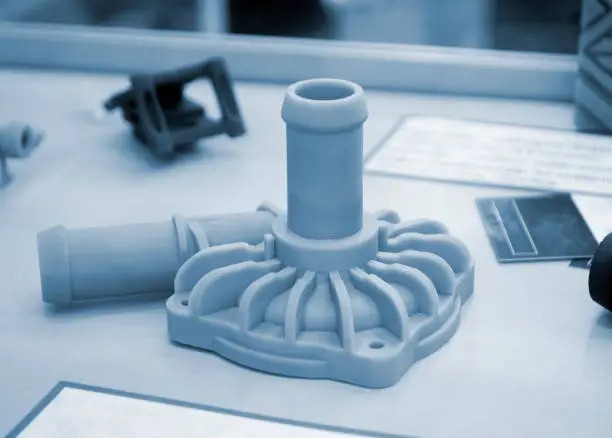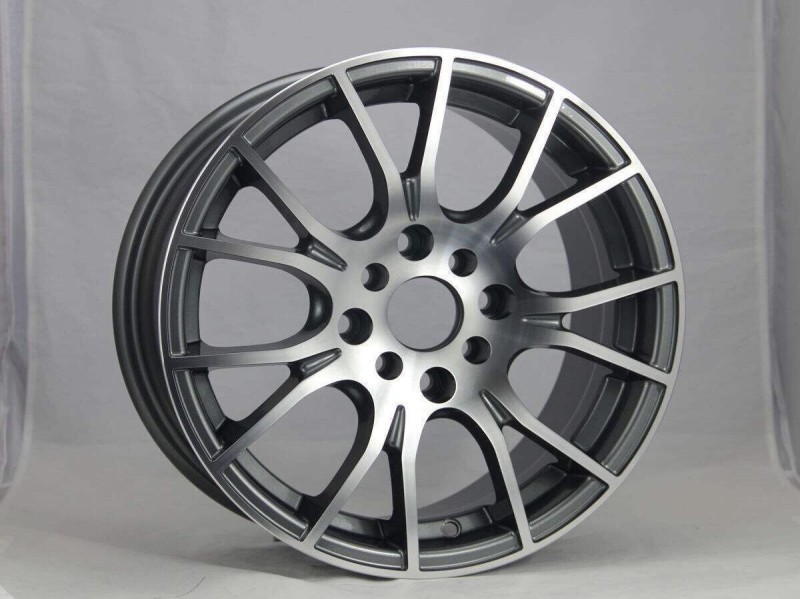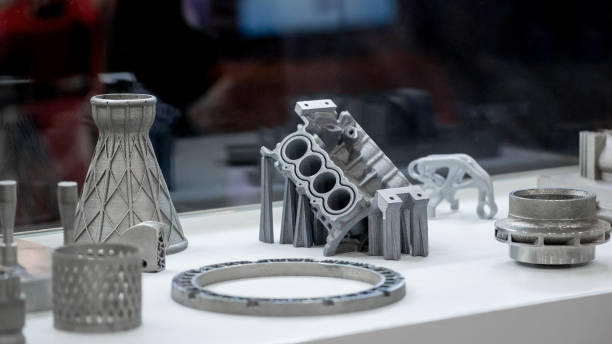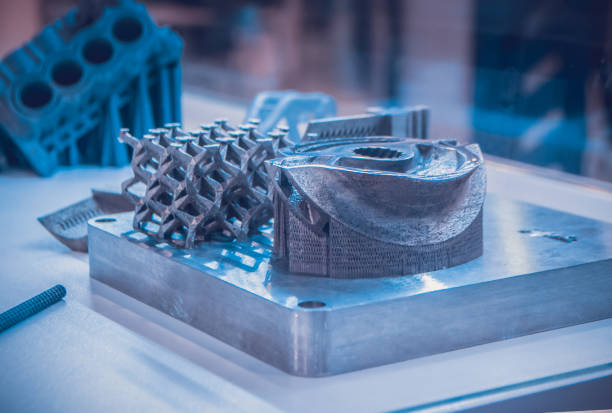- Apr 01, 2025
In modern product development, prototype manufacturing plays a crucial role in transforming ideas into functional models before mass production. By leveraging different prototyping techniques, businesses can validate designs, test performance, and optimize production efficiency. Whether through aluminum casting molds, rapid prototyping services, or CNC machining, selecting the right prototyping method depends on factors like material, cost, and production speed. This article explores the most common types of prototype manufacturing and their applications.
1. CNC Machining Prototyping
CNC machining is one of the most precise and widely used methods for prototype manufacturing. It utilizes computer-controlled machines to shape solid materials into highly accurate prototypes. This method is ideal for metal and plastic prototypes that require tight tolerances and high surface quality.
Advantages:
High precision and repeatability
Compatible with various materials, including metals and plastics
Suitable for both functional and visual prototypes
Best Use Cases:
Industrial machinery components
Aerospace and automotive parts
Medical device prototypes
2. 3D Printing (Additive Manufacturing)
3D printing, a key part of rapid prototyping services, enables quick and cost-effective production of complex designs. Using layer-by-layer deposition, it creates prototypes from digital CAD models. This method is highly efficient for concept models, design validation, and small-batch production.
Advantages:
Rapid turnaround time
Low material waste
Supports complex geometries without expensive tooling
Best Use Cases:
Consumer electronics
Medical implants and prosthetics
Custom product design iterations
3. Aluminum Casting Molds for Prototyping
For industries requiring metal prototypes, aluminum casting molds provide an effective solution. This method involves creating molds from aluminum, allowing for low to medium-volume metal part production. Aluminum molds offer excellent thermal conductivity, making them ideal for testing heat resistance and durability.
Advantages:
Cost-effective for low-volume metal part production
Faster mold production compared to steel molds
Excellent heat dissipation properties
Best Use Cases:
Automotive engine components
Aerospace structural parts
Industrial machinery prototypes

4. Vacuum Casting Prototypes
Vacuum casting is a popular method in rapid prototyping services, especially for plastic prototypes that require high detail and surface quality. A silicone mold is used to create multiple copies of a prototype with resin materials, making it an ideal choice for testing and small-batch production.
Advantages:
Produces high-quality, detailed prototypes
Lower cost compared to injection molding
Ideal for small production runs
Best Use Cases:
Consumer product prototypes
Medical equipment enclosures
Low-volume production before mass manufacturing
5. Sheet Metal Prototyping
For prototypes requiring metal forming, sheet metal prototyping offers an efficient solution. This method involves cutting, bending, and assembling metal sheets into functional parts, making it suitable for enclosures, brackets, and structural components.
Advantages:
Quick fabrication process
High strength and durability
Suitable for testing mechanical properties
Best Use Cases:
Industrial equipment casings
Electronic enclosures
Structural brackets and supports

Choosing the Right Prototype Manufacturing Method
Selecting the appropriate prototype manufacturing technique depends on:
✔ Material requirements – Metal, plastic, or composite materials
✔ Production volume – Single prototype, small batch production, or pre-production runs
✔ Cost and speed – Budget constraints and time-to-market goals
✔ Final application – Functional testing, visual validation, or structural analysis
Conclusion:
Understanding the different types of prototype manufacturing is essential for businesses aiming to streamline product development. Whether using aluminum casting molds for durable metal parts, rapid prototyping services like 3D printing for fast iterations, or CNC machining for high-precision prototypes, each method serves unique industry needs. By selecting the right technique, companies can reduce production risks, optimize costs, and accelerate time-to-market efficiently.



